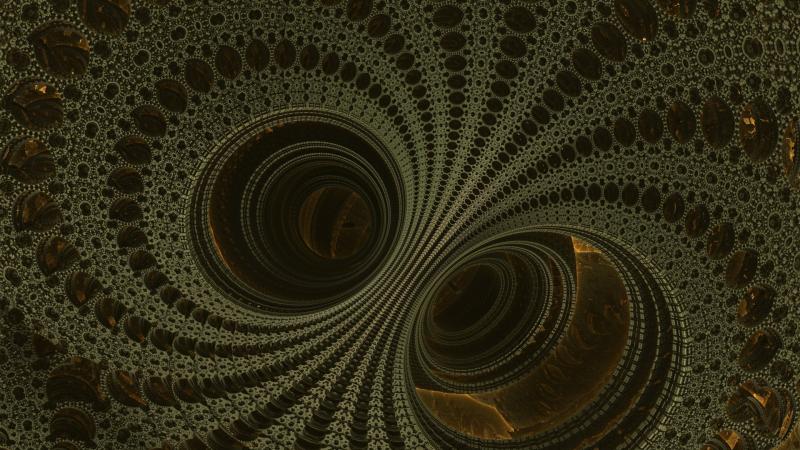
Wormholes are the stuff of sci-fiction, which transport space travellers through cosmic distances in minutes! But, is this really possible?
Through the theory of general relativity, Einstein united space and time giving us 'space-time continuum'. This continuum consists of 4 dimensions -- length, breadth, height and time. Let's imagine it as 2 dimensional sheet of paper. Now, if we connect any 2 points on this sheet, it would represent the conventional path of space travel. But, if we fold this sheet over and pierce through the points with a sharp object, the distance is greatly reduced. This is essentially what a wormhole is!
A wormhole is also called as the “Einstein-Rosen Bridge”. It is named after Nathan Rosen and Albert Einstein, who theoretically predicted their existence. According to this, space-time can be so folded and curved that two distinct places could be joined in space by a bridge, allowing instantaneous travel in space and time and even other universes!
But astronomers are yet to physically observe them. Many predict that wormholes are very small in size -- about 10-33 centimeters. Some also hypothesize that wormholes could collapse if a particle enters it, due to change in energy.
We might be a long way to being transported intergalactic distances through wormholes, but they sure do transport our imagination to new heights.
























